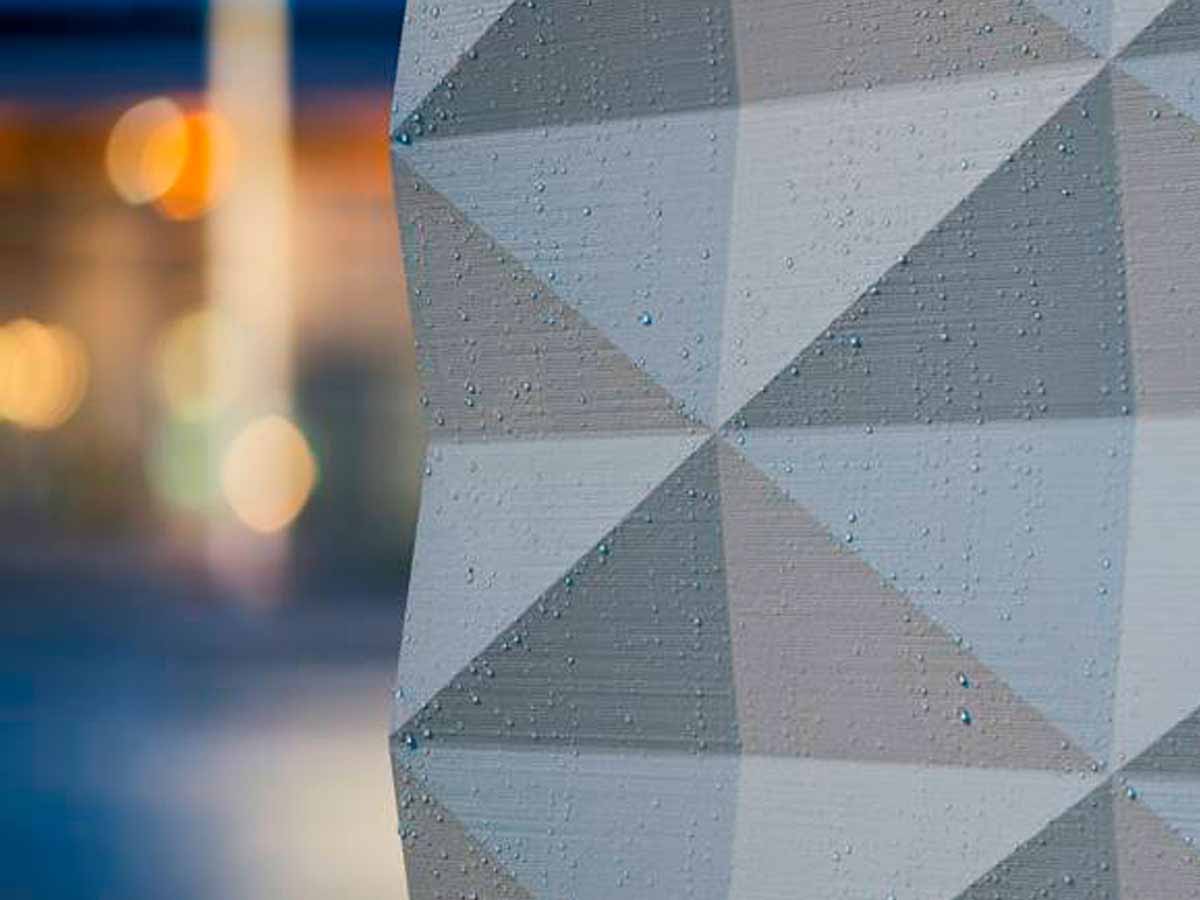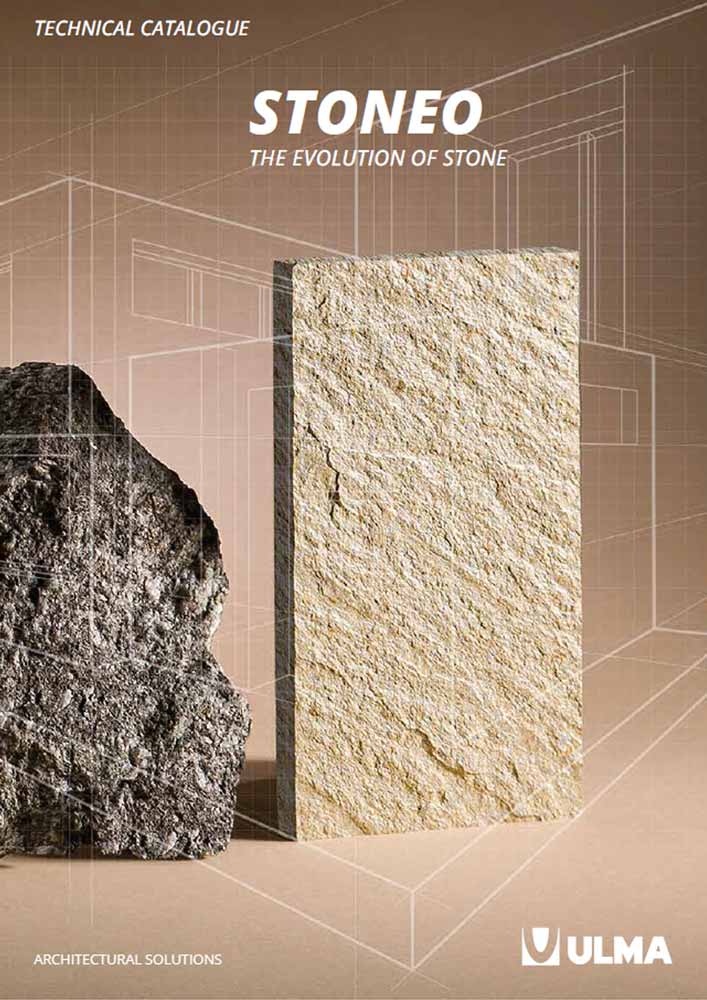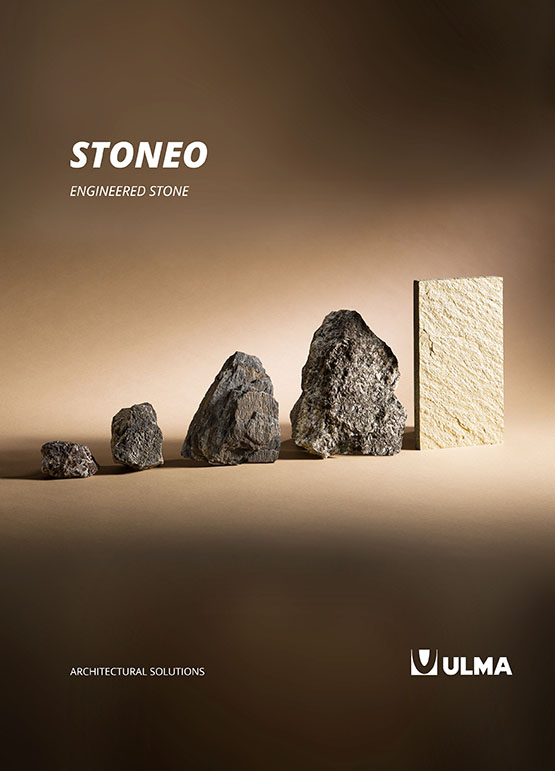Ventilated facades to stop moisture problems

Water ingress in properties, or infiltration, is one of the most important problems developers, builders and homeowners can come up against. Cracks and dripping water, flaking walls, damp and saltpetre or mould patches are some of the harmful consequences of not having a watertight facade.
How can ventilated facades prevent infiltration?
At ULMA, we always recommend waterproofing both the facade's substrate wall and openings before installing the ventilated facade. This is done by placing an impermeable layer of water-repellent mortar between the thermal insulation and the air chamber.
The ventilated facade will be the first screen water encounters on its way into the building. This barrier, combined with the extremely narrow 3.5 mm joints in our ventilated facade system, ensures minimal infiltration in the ventilated chamber, since rainwater is discharged through this chamber before it can reach the breathable waterproof layer, the insulation, and, of course, the substrate wall. Any wet elements also dry out through natural air convection thanks to the ventilation inside the chamber.
To ensure optimal results, all installation and preparatory work required to install the facade must be carried out by officially approved professionals specialising in ventilated facades.
In summary, there are two keys to optimising and maximising the performance of ventilated facades: the work should always be carried out by experienced professionals, and waterproofing before installing the facade is highly recommended.
Consequences of infiltration for the developer
The appearance of infiltration can have very serious economic consequences for the developer in charge of the building, especially in the short term, as well as damaging their reputation and corporate image.
Remediating infiltration involves, first of all, taking down the facade in order to carry out a thorough investigation of the sources of water ingress. Once identified, any damage should be repaired before searching for remedial solutions. A very complicated job with additional problems such as: difficulties in gaining access to certain parts of the facade once work has been completed, applying for permits, erecting scaffolding, occupying public roads, etc.
Moreover, if the work is relatively recent and the building is still under warranty, there is the additional task of refurbishing the interior parts of any water-damaged properties.
A system that is valid for both new work constructions and restorations
One of the major advantages of ULMA's ventilated facade system is that it can be used in both new work constructions and restorations. There are many old buildings that have seen their infiltration issues –in some cases very serious– resolved by installing our ventilated facade system over the existing facade, after first waterproofing the wall, substrate and openings.
We have successfully created a lightweight, easy-to-install construction system that allows the outer skin to be installed using panels made of Stoneo, an extraordinarily durable, non-porous material available in a range of finishes.
If you would like to know more about this or any other architectural solution, please do not hesitate to contact us.
Apart from resolving problems related to infiltration, which in some cases can make properties uninhabitable, another advantage of restoring a building with our ventilated facade system is that the property immediately increases in value, thanks to its enhanced comfort and significantly improved overall appearance. Return on investment for the work is therefore guaranteed.
Suitably installed, ULMA's ventilated facades provide a definitive, permanent solution for infiltration. Installed with Stoneo panels, these facades have very narrow joints between the panels, as well as a suitable and ventilated air chamber, which act as an effective barrier against water and its harmful effects on walls and building interiors.

